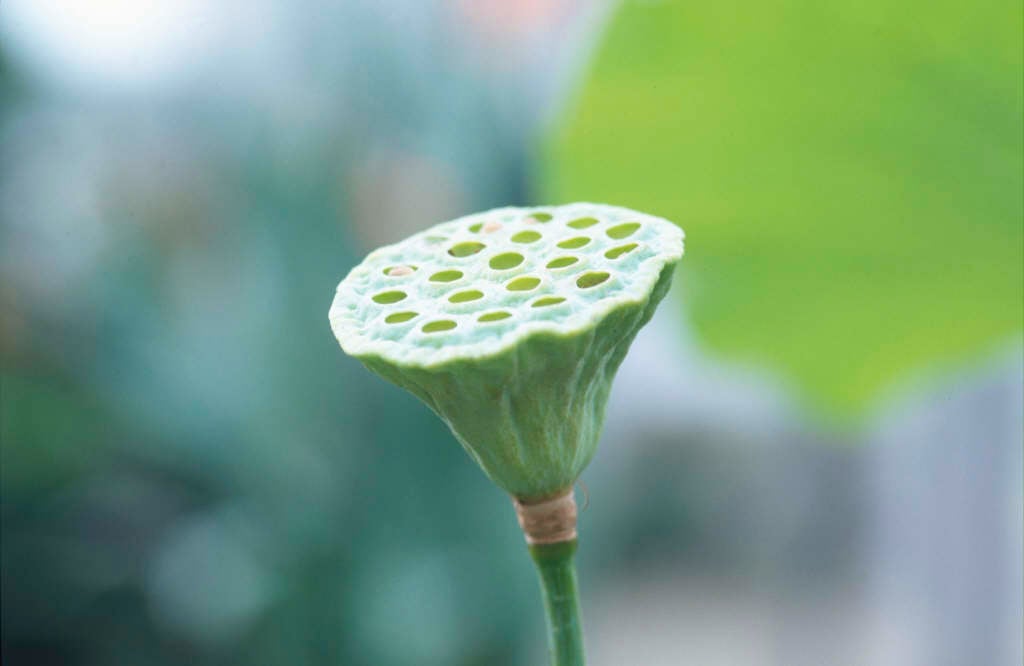Nelumbo nucifera
sacred lotus
A rhizomatous aquatic perennial with long-stalked, rounded green leaves to 80cm wide, and solitary, pink or white, water lily-like flowers to 30cm wide, borne on long stalks well above water level in summer
Other common names
Chinese arrowrootChinese waterlily
see moreEast Indian lotus
Eastern lotus
Egyptian sacred bean
Indian lotus
padma
water bean

Size
Ultimate height
1–1.5 metresTime to ultimate height
2–5 yearsUltimate spread
1–1.5 metresGrowing conditions
Moisture
Poorly–drainedpH
NeutralColour & scent
| Stem | Flower | Foliage | Fruit | |
| Spring | Green | |||
|---|---|---|---|---|
| Summer | Pink White | Green | ||
| Autumn | ||||
| Winter |
Position
- Full sun
Aspect
South–facing or West–facing
Exposure
Sheltered Hardiness
H1CBotanical details
- Family
- Nelumbonaceae
- Native to GB / Ireland
- No
- Foliage
- Deciduous
- Habit
- Submerged
- Genus
Nelumbo are rhizomatous perennials growing in pond margins or in shallow water, with large rounded leaves attached to the stalk in the centre, and solitary cupped fragrant flowers held well above the water, followed by characteristic conical fruits
- Name status
Correct
- Plant range
- Asia, Australia
How to grow
Cultivation
In an outdoor pool grow in a large container in heavy loam enriched with well-rotted farmyard manure or compost, in full sun. As growth proceeds, gradually lower the containers to increase the water depth to 40-60cm (16-24in), or 15-22cm (6-9in) for smaller cultivars. Remove fading foliage. In cold areas, reduce the water level gradually in autumn, remove the container and overwinter in frost-free conditions, keeping the rhizomes just moist. Under glass, grow in large containers in an indoor pool in full light. See pond plants for further advice
Propagation
Propagate by seed sown in spring, preferably scarified before sowing, at a minumum temperature of 25°C (77°F) in small containers of loam covered by 5cm (2in) of water. Increase water depth and container size until plants are large enough to plant in the flowering site. Propagate by division of the fragile rhizomes, which resent disturbance. In spring, plant rootstock horizontally just below the soil surface, and barely submerge until growth starts
Suggested planting locations and garden types
- Patio and container plants
Pruning
Cut away fading foliage
Pests
May be susceptible to glasshouse red spider mite and glasshouse whitefly
Diseases
Generally disease-free
Love gardening
Sign up to receive regular gardening tips, inspiration, offers and more
View our Privacy Policy
Get involved
The Royal Horticultural Society is the UK’s leading gardening charity. We aim to enrich everyone’s life through plants, and make the UK a greener and more beautiful place.